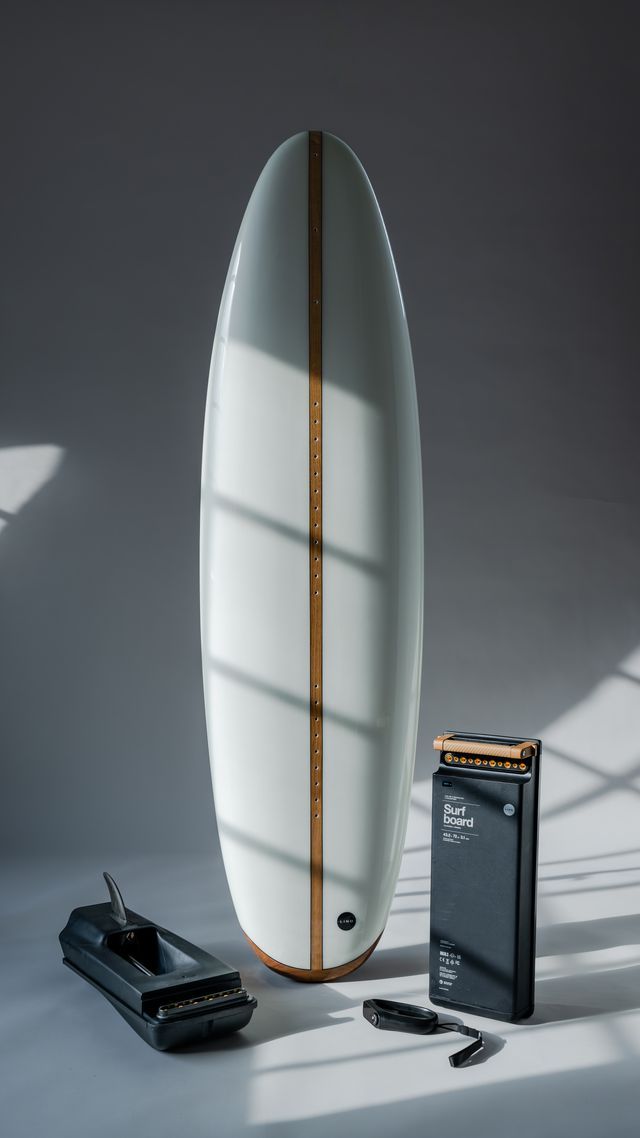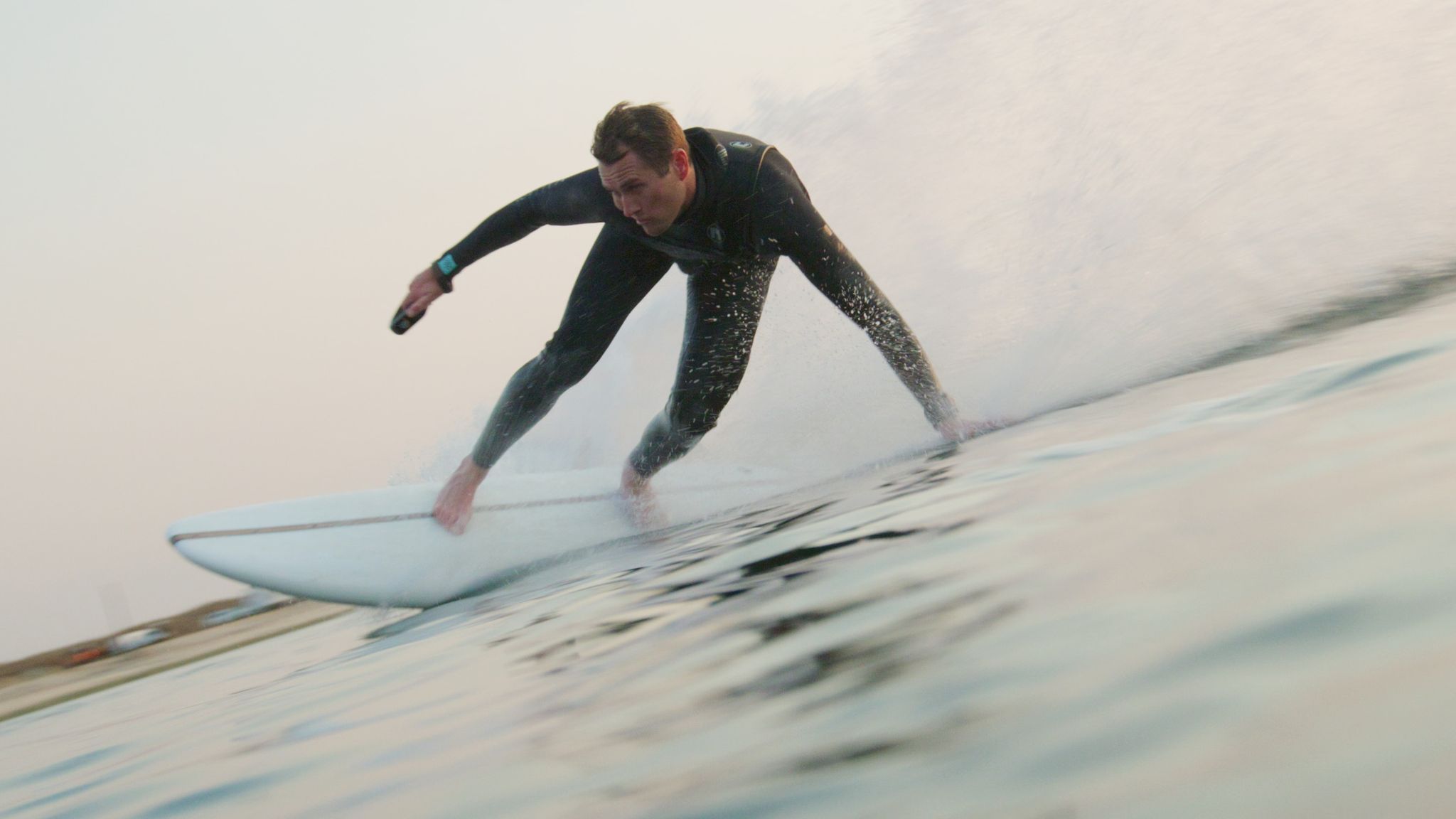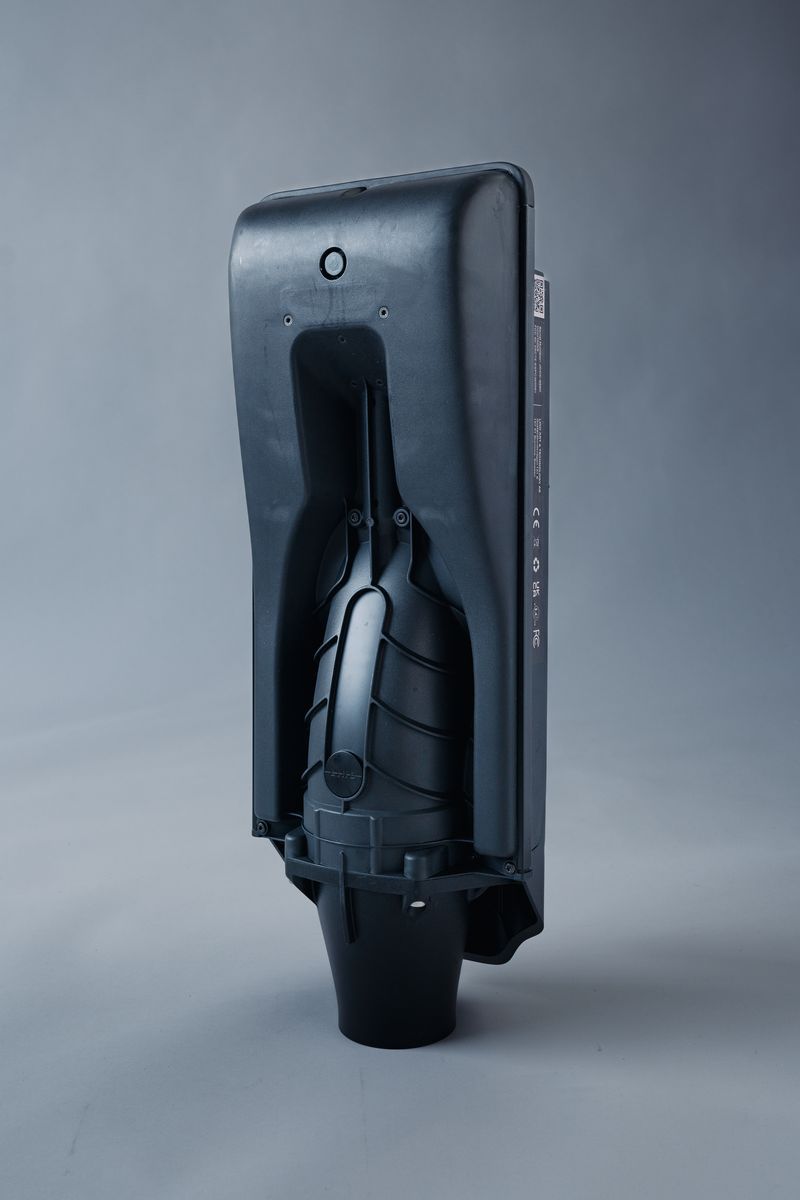LIND Canvas Electric Surfboard: A New Era in Powered Surfcraft
LIND's Canvas bridges the gap between craftsmanship and cutting-edge tech in an innovative new water toy.
For years, electric propulsion has steadily crept from the fringes of the marine industry into mainstream watercraft—from trolling motors to electric center consoles, and more recently, to the rise of e-foils. But a new category is gaining more traction: electric surfboards. Unlike e-foils that elevate riders above the waterline on a hydrofoil, boards like the LIND Canvas stay grounded on the surface, delivering a more traditional surf-style experience powered by silent electric thrust.
Developed by a boutique team of designers, shapers, and engineers between California and Sweden, the LIND Canvas presents itself as a minimalist, high-performance solution for riders looking to merge carving turns with cutting-edge technology. But does it live up to the hype—and what sets it apart from a growing list of battery-powered boards entering the space? Here's what we found after examining the specs, design philosophy, and engineering behind LIND’s flagship product.

Above: A woman laying on a LIND Canvas electric surfboard. Photo by LIND.
Design & Construction
At a glance, the LIND Canvas looks more like a modern sculpture than a motorized watercraft. That’s by design. Each unit is shaped from EPS foam—much like a high-end surfboard—and then glassed with epoxy resin before being finished with details like oak inlays. The result is a board that’s not only sleek and lightweight, but tactile and artful, echoing the craftsmanship of bespoke surfboards.

Above: The LIND Canvas Electric Surfboard. Photo by LIND.
At just 15 pounds for the board itself, it’s light enough to carry under one arm, with the drivetrain and battery conveniently packed in a custom backpack. That makes transport to and from the water significantly easier than bulkier competitors. Despite its minimalist weight, the board houses a robust battery pack and jet propulsion system, carefully integrated to preserve balance and trim.
Performance Specs
The Canvas features a pair of jet motors spinning at up to 30,000 RPM—double the speed of a Formula 1 engine. That equates to 20 kW (around 27 horsepower) of thrust, powering the board up to a top speed of 37 mph (60 km/h). Combined with a hydrodynamic hull and fine-tuned shape, the ride is said to blend smooth acceleration with surfing-style agility.

Above: A man surfing on a LIND Canvas electric surfboard. Photo by LIND.
The 3.1 kWh battery supports up to 45 minutes of ride time and is equipped with 48 internal temperature sensors to maintain safety and thermal balance. Charging is relatively quick: approximately two hours with a standard 120V U.S. outlet, or just one hour using a 230V European outlet. Water cooling is achieved passively via an aluminum plate built into the underside of the board, transferring heat away naturally during rides.
Jet Propulsion System
LIND’s engineers prioritized both weight and power. The drivetrain weighs just 22 pounds and includes a compact jet propulsion system said to deliver twice the output of comparable competitors while achieving 97% efficiency. That design allows for a quieter, more stable experience with tight control over acceleration and turns.

Above: The LIND Canvas Jet Propulsion System. Photo by LIND.
Safety is built in, too. The jet only operates when fully submerged, and the board will only power up when face-down in the water, ensuring the motor won’t engage accidentally during transport or setup.
Assembly & Modularity
Another standout feature is LIND’s tool-less assembly. The board, battery, and jet propulsion system are completely modular and designed to be snapped together in under a minute. That kind of user-friendly design is rare in the powered board world, where complex wiring and sealing systems are often required.
Combined with its compact transport form, the Canvas is one of the most portable electric surfboards available—potentially appealing to travelers, boaters, and riders who prioritize minimal fuss during setup and teardown.
Ride Experience & Models
The Canvas comes in two versions: a 6'3" shortboard (66 liters) and a 6'9" mid-length model (88 liters). Riders can choose between a tighter, more aggressive carve or a more relaxed, flowing cruise depending on the model and riding style. A sleek wireless remote allows variable throttle control as the rider builds up speed or balances into planing mode.
According to LIND, the board is designed to become an extension of the rider’s body—reacting intuitively to movement and enabling a “state of flow.” In that sense, the Canvas aims to recreate traditional surfboard dynamics, while eliminating the need for wind, waves, or towing.
Durability & Safety Systems
The board’s internal systems are engineered for resilience, with water-tight, corrosion-resistant components and multiple layers of redundancy. The battery includes gold- and nickel-coated connectors, real-time cell balancing, and four levels of electrical fusing to cut power in case of overheating or failure.
Its onboard software is always connected via mobile network for real-time monitoring and future updates. These elements help differentiate the Canvas from more experimental electric boards that may skimp on long-term reliability or environmental resilience.
Price & Availability
The LIND Canvas starts at $24,950 (excluding VAT) and includes the board, drivetrain, battery, charger, fins, wireless remote, and custom board bag. While not an impulse buy, that price puts it in line with other premium electric surfboards and e-foils in the performance segment—especially considering the craftsmanship and modular system LIND has developed in-house.
At this level, LIND is clearly targeting serious riders, early adopters, and those looking for a sustainable, high-end experience on the water. Whether for solo coastal sessions or onboard as a powered tender toy, the Canvas appeals to those who value precision, design, and engineering in equal measure.
Electric Surfing in Context
The LIND Canvas reflects a larger movement within watersports: the shift toward electric autonomy. No longer confined to foil boards or wake-assisted rides, powered boards like this one promise to make the thrill of surfing more accessible, wherever there’s flat water. And while the Canvas isn’t a substitute for big-wave surf, it opens new doors for performance riders and casual cruisers alike—no boat, rope, or swell required.
With its blend of aesthetic beauty, modular design, and aggressive specs, LIND has carved out a distinct lane in the electric surf market. The Canvas may not be for everyone, but for those ready to invest in a board that merges style with speed—and tradition with technology—it just might be the future of surf.
For more information visit LIND.surf












